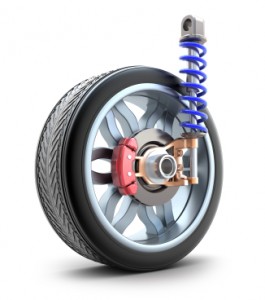 Your suspension system keeps your car up off the road. From there, it’s responsible for a smooth and comfortable ride around Denver. It also keeps your car wheels firmly planted over bumps and through curves on roads and highways.
Your suspension system keeps your car up off the road. From there, it’s responsible for a smooth and comfortable ride around Denver. It also keeps your car wheels firmly planted over bumps and through curves on roads and highways.
Your suspension system has many important parts that do a big job. They should be inspected routinely for damage and excessive wear at least once a year. A good time would be when you get an alignment check in Denver.
Here are some warning signs of suspension problems: the vehicle pulls to one side, wandering, erratic steering, uneven tire wear, leaning, shocks bottom out, poor ride or handling, oil leaking from shocks, and excessive bouncing.
All of your vehicle’s suspension parts wear out over time. Shocks and struts eventually lose their ability to control your ride. If you’re in an accident, your suspension can be damaged or knocked out of alignment. Even a minor accident, like hitting a curb, pothole or large rock can mess things up.
If you suspect you might have suspension problems, ask for an automotive analysis and let the cheerful service professional at Express Car Care in Denver set things right.
Give us a call at 303-691-2760 or come in and see us.
At Express Car Care in Denver we install quality NAPA replacement parts. To learn more about NAPA AutoCare, visit www.NAPAAutoCare.com

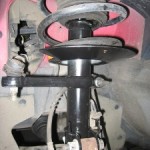

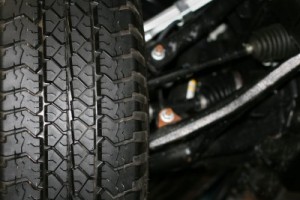
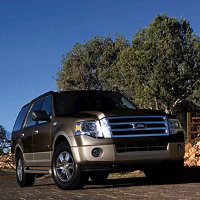


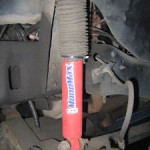

 out, damaged or leaking. Leaking is easy enough to see – just look for oil or wetness on the outside of the shock or strut. Damage is also fairly easy to see – look for a broken mount, badly dented housing, etc. But wear is often more of a subjective thing to judge. There are also instances where the original equipment shocks may not be worn, damaged or leaking, but may not be adequate for the job they’re being asked to do. In such cases, upgrading the suspension with stronger, stiffer or some type of special shock and strut may be recommended to improve handling (for trailer towing, hauling overloads or other special uses).
out, damaged or leaking. Leaking is easy enough to see – just look for oil or wetness on the outside of the shock or strut. Damage is also fairly easy to see – look for a broken mount, badly dented housing, etc. But wear is often more of a subjective thing to judge. There are also instances where the original equipment shocks may not be worn, damaged or leaking, but may not be adequate for the job they’re being asked to do. In such cases, upgrading the suspension with stronger, stiffer or some type of special shock and strut may be recommended to improve handling (for trailer towing, hauling overloads or other special uses).